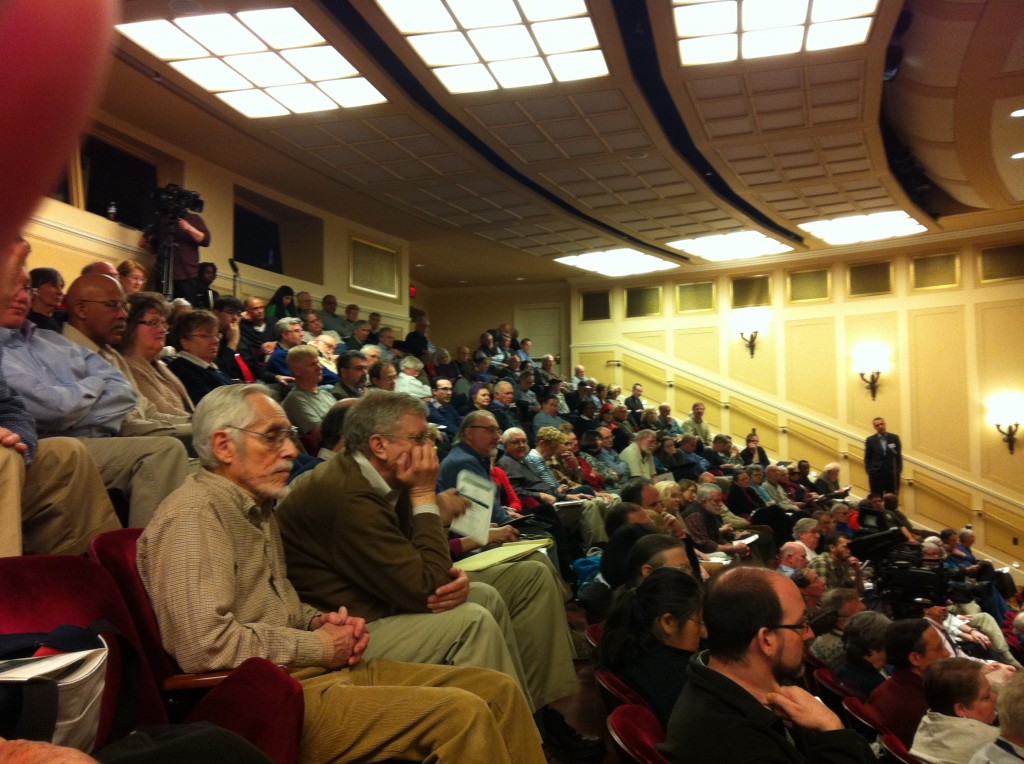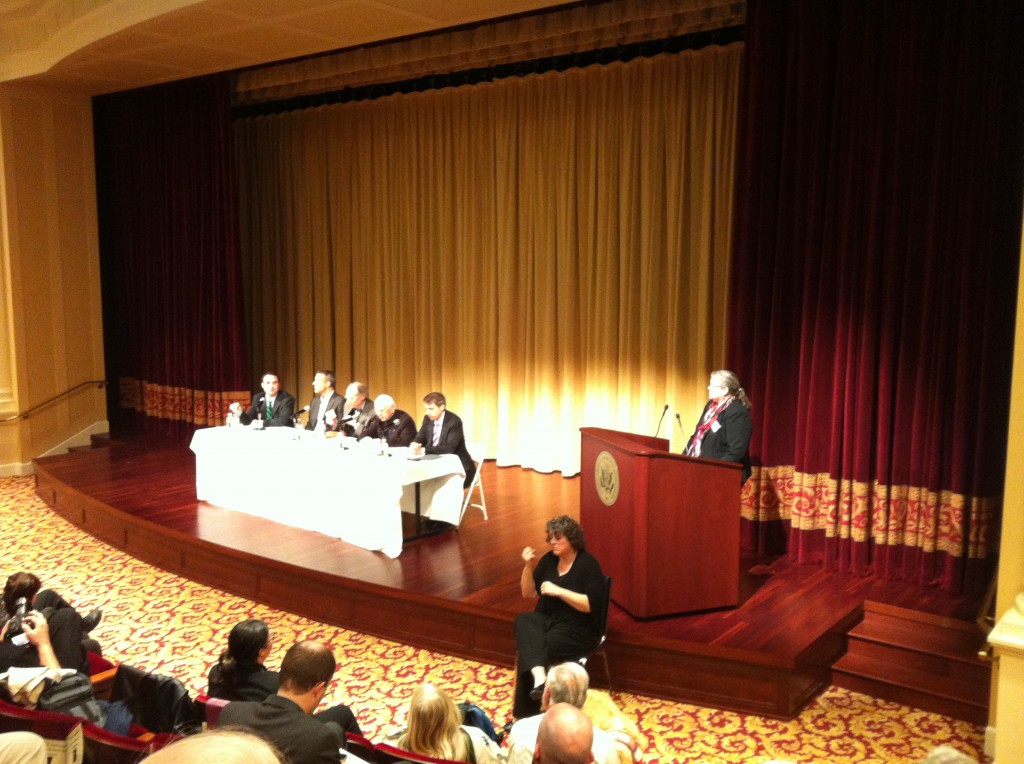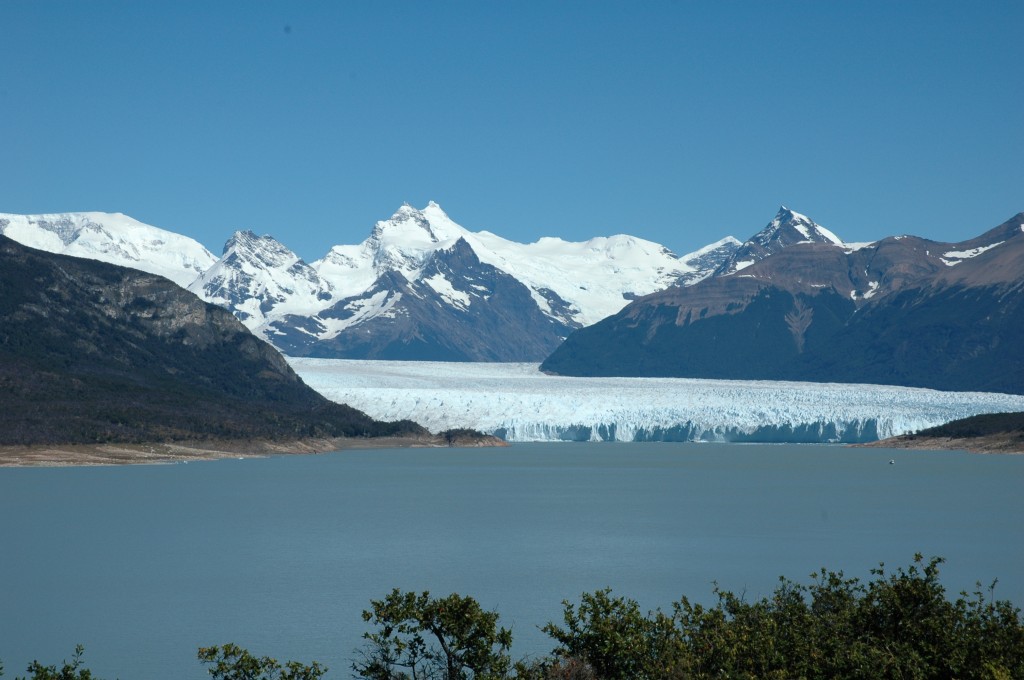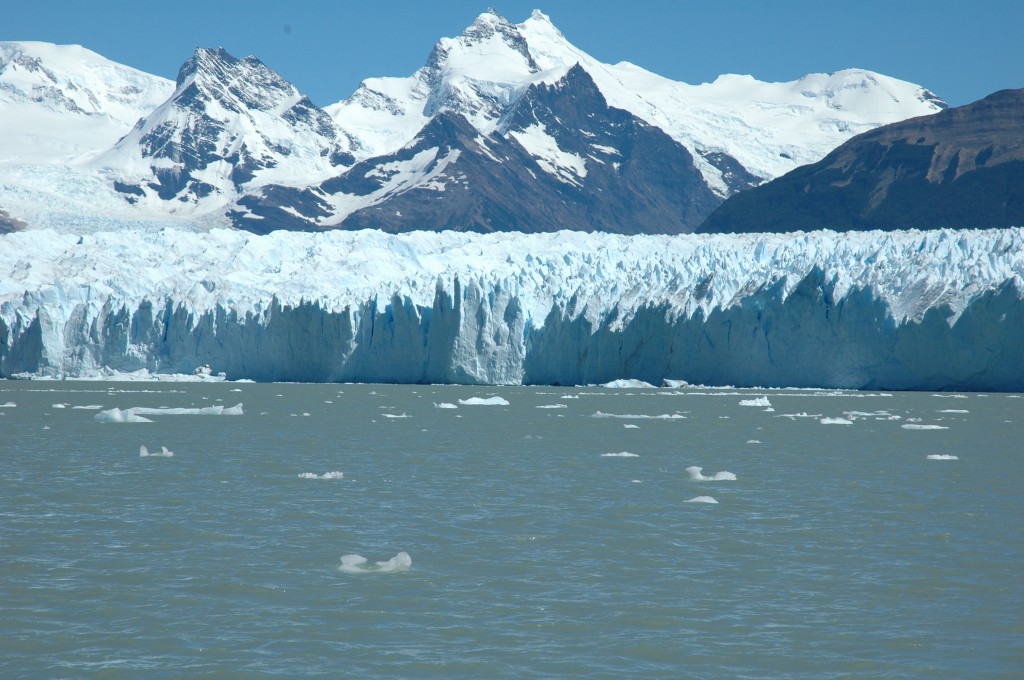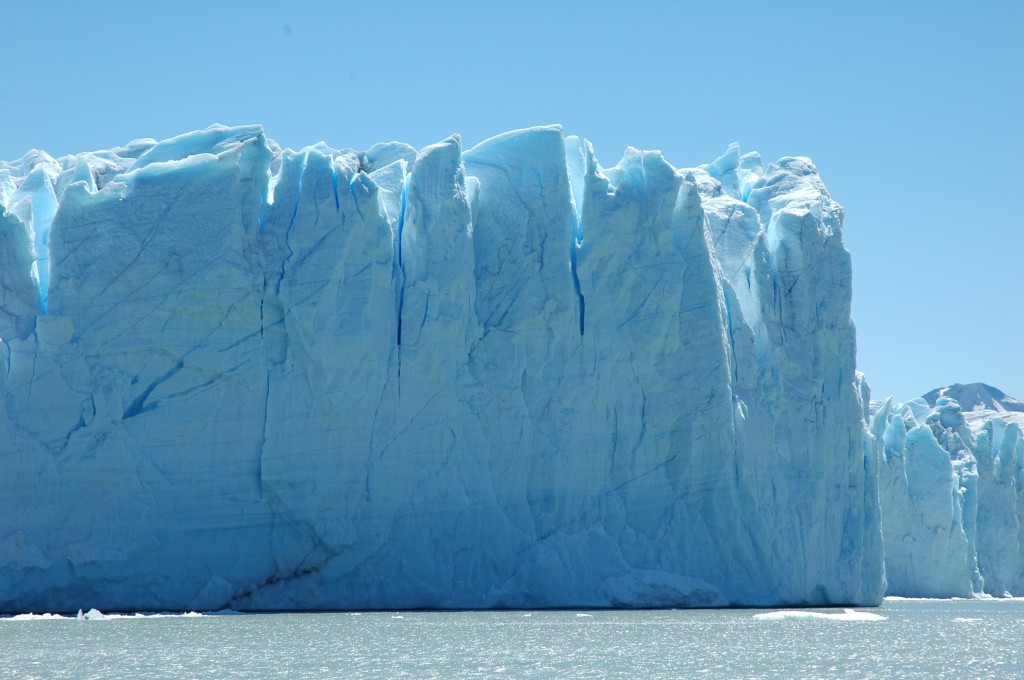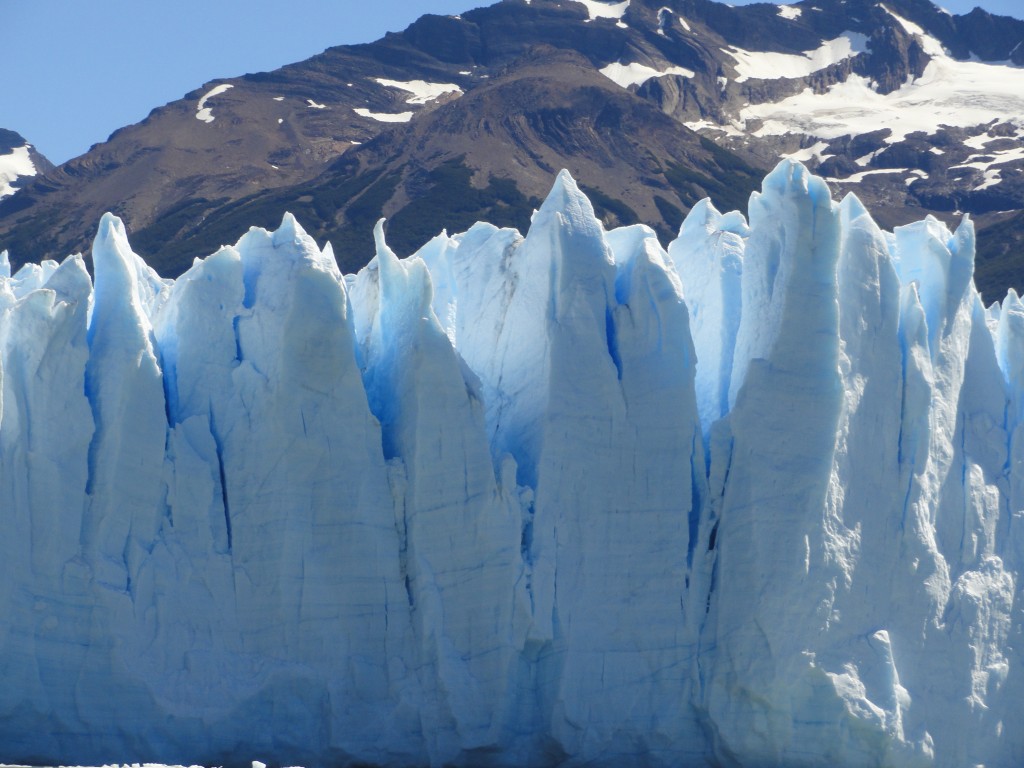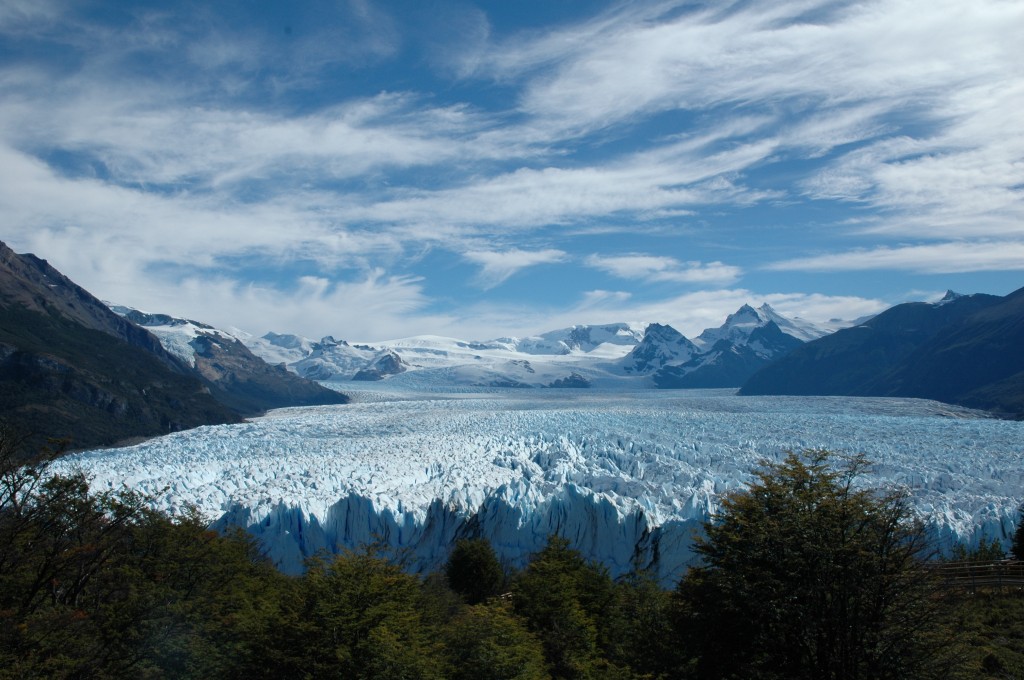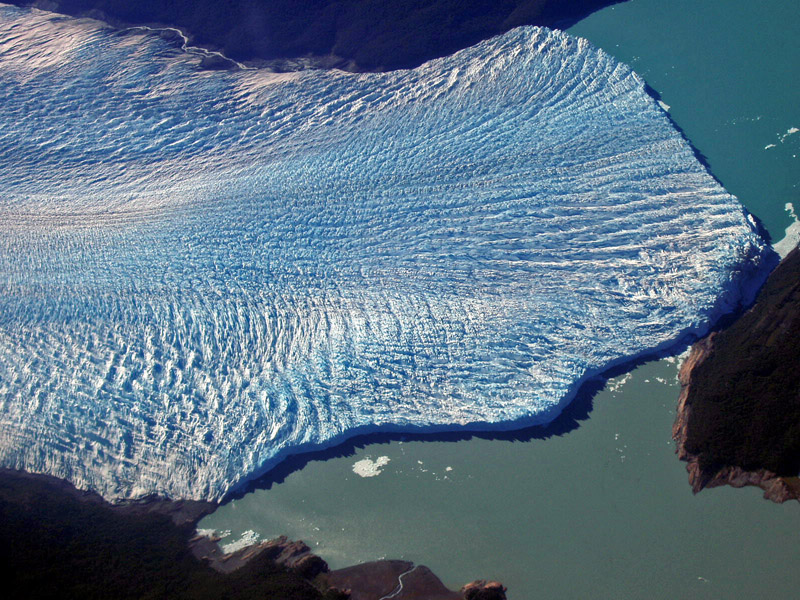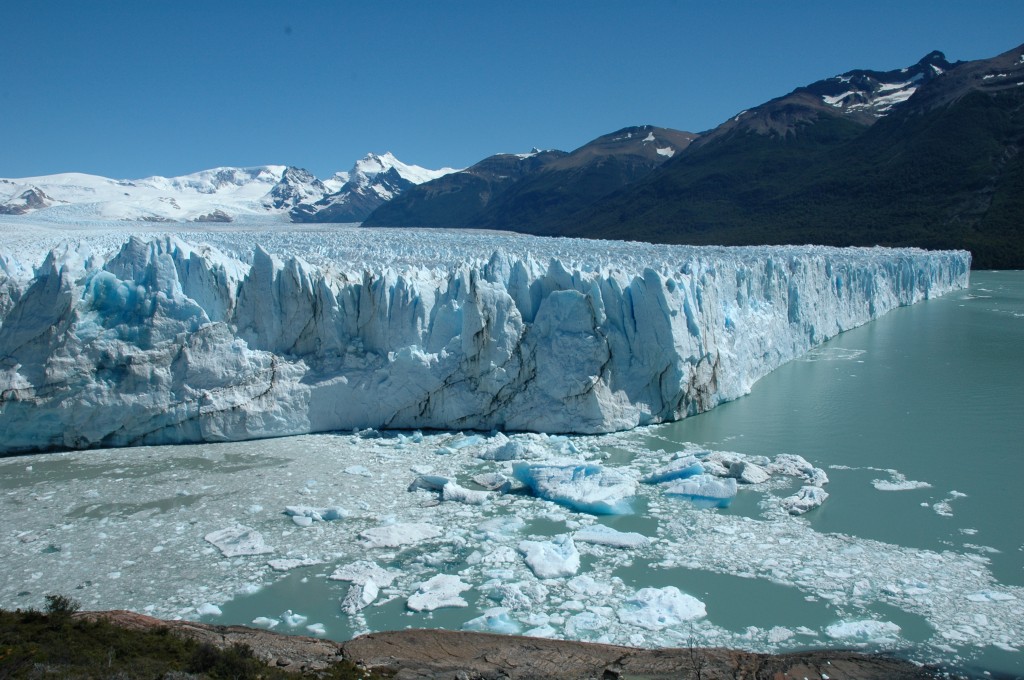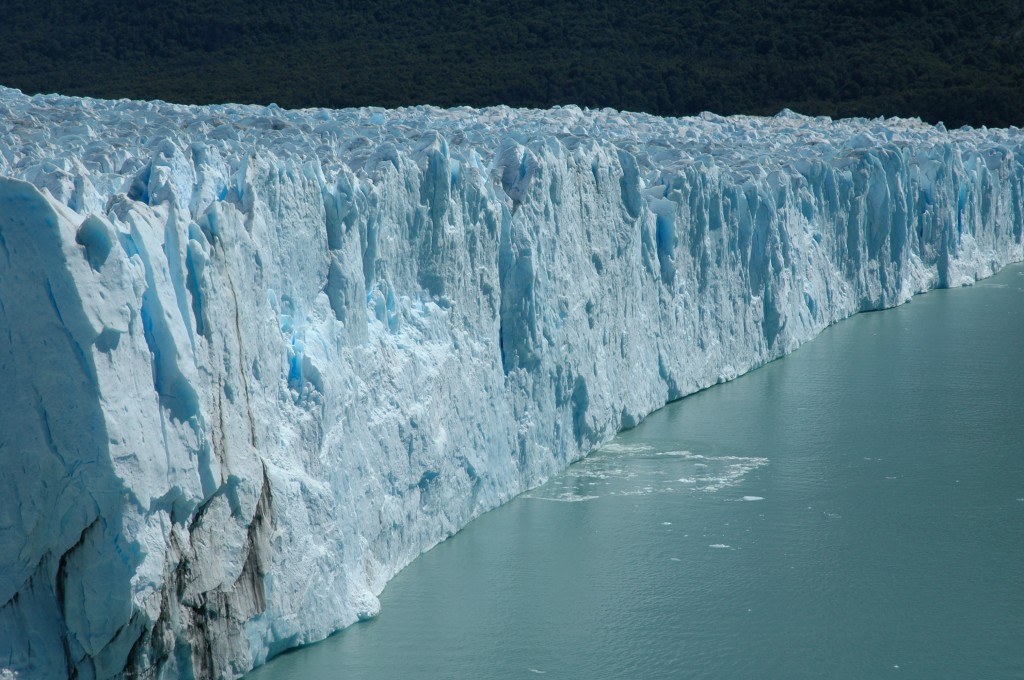On June 28, 2014, the Lincoln Group of the District of Columbia celebrated the 150th anniversary of the saving of Washington during the Civil War. Like Abraham Lincoln, we stood tall at Fort Stevens, though unlike Lincoln, no one shot at us. But first, the Monocacy National Battlefield.
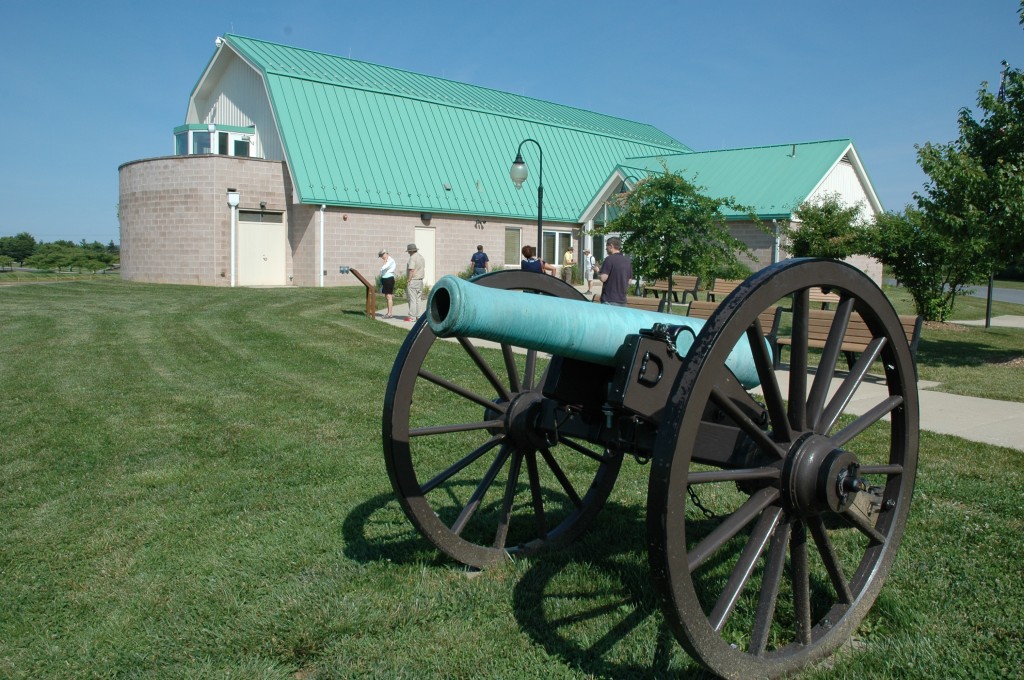
About 30 members of the Lincoln Group left the Grosvenor-Strathmore Metro Station by motor coach and headed for our first stop at the Monocacy battlefield grounds. The battle, which occurred in the summer of 1864, was a strategic gamble by Confederate General Jubal Early to take Washington. On Robert E. Lee’s orders, Early secretly marched his men at a record clip northward in the Shenendoah Valley, across the Potomac into Maryland, and headed for the Union’s capital city. The goal was to cause enough concern in the North to disrupt the upcoming presidential elections, Lee envisioning that the defeat of Abraham Lincoln would help the war end on the South’s terms. All the better if Early could capture the Union capital city and force Lincoln into exile.
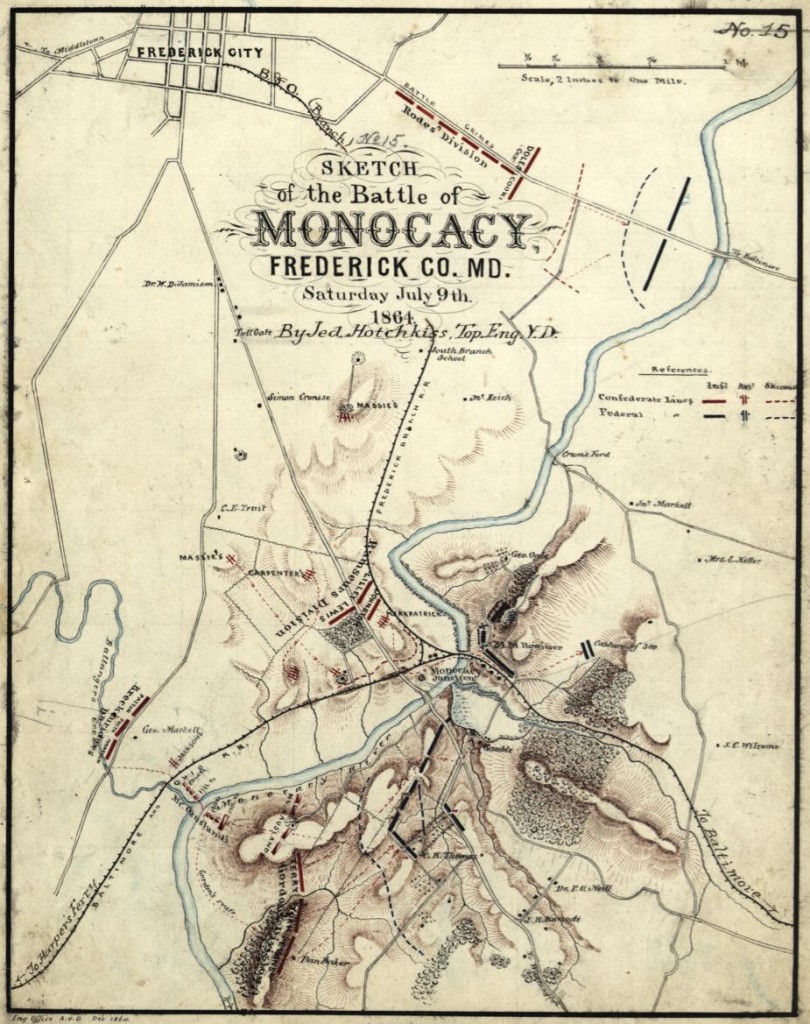
First catching on to Early’s ploy was Union General Lew Wallace (later the author of Ben Hur), with some inside intelligence from B&O Railroad President John Garrett. Despite already being chastised by Ulysses S. Grant for his perceived failures of command at Shiloh, Wallace took the initiative to move a cobbled-together group of inexperienced soldiers to meet Early head-on at Monocacy. By the end of the day Wallace’s troops were retreating in defeat, but that day of delay allowed other troops to arrive at Fort Stevens for a final victory, pushing the much larger Confederate army back into Virginia and saving the city.

Craig Howell, the Lincoln Group’s outgoing 1st Vice-President and DC-certified Civil War tour guide, led us across the fields at Monocacy to view the main railroad trunk lines that bracketed the early battle. From there we reboarded the bus to visit two other battlefield locations at the Worthington House and Thomas farm. Craig’s knowledge of the troop movements during the battle, sprinkled with stories of personality conflicts and unending background information, made the tour both entertaining and incredibly informative.
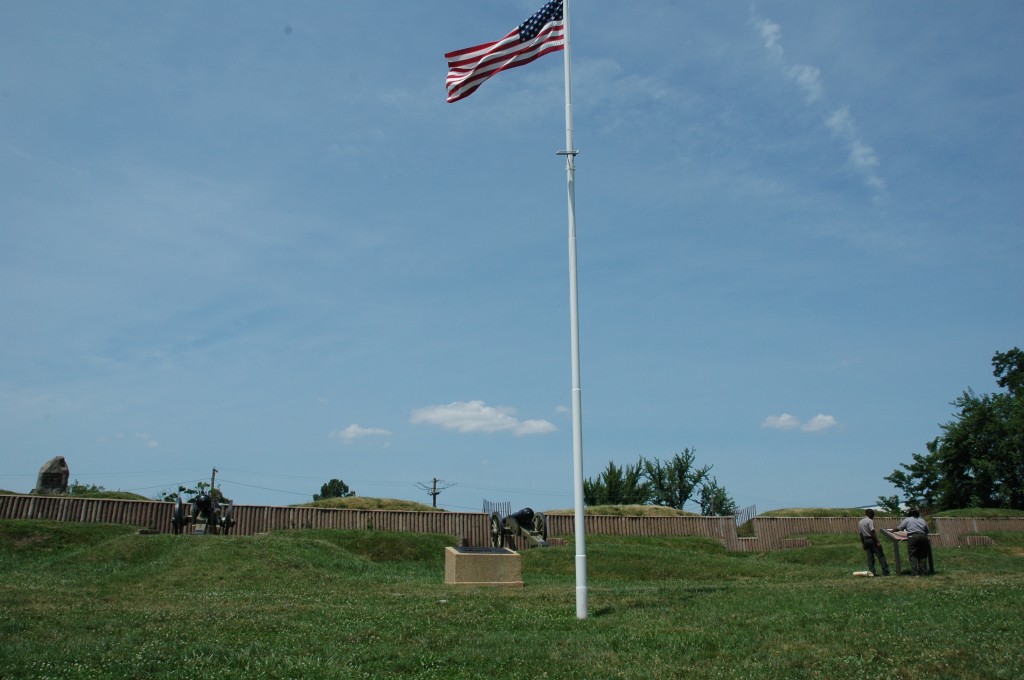 After a delightful open-air lunch at the Urbana Park, we were on to Fort Stevens. Located inside the District line from Silver Spring, Maryland (and not far from the modern day horror of the “DC sniper”), Fort Stevens is a series of low dirt mounds lined with Union cannon. Here was not only the repelling of Early’s forces but the site of one of Abraham Lincoln’s most famous incidents.
After a delightful open-air lunch at the Urbana Park, we were on to Fort Stevens. Located inside the District line from Silver Spring, Maryland (and not far from the modern day horror of the “DC sniper”), Fort Stevens is a series of low dirt mounds lined with Union cannon. Here was not only the repelling of Early’s forces but the site of one of Abraham Lincoln’s most famous incidents.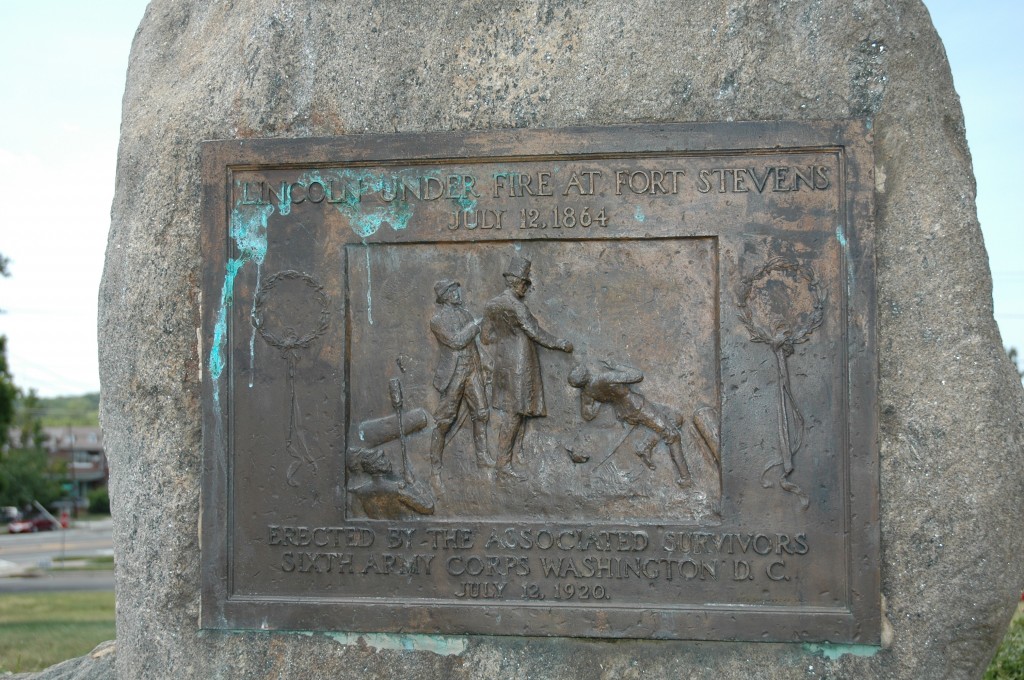 Living not far away at the Soldier’s Home, Lincoln had decided to see the action first hand. Ignoring the risk, Lincoln stood his 6-foot, 4-inch frame (plus tall top hat) on top of the mound to get a view. A medical officer standing beside him was hit with a bullet, after which the infamous (and possibly apocryphal) line was blurted out: “Get down you fool.” Whether it was this or a more respectful imploring for the President to get out of the line of fire we will likely never know, but thankfully he did get down and was unharmed.
Living not far away at the Soldier’s Home, Lincoln had decided to see the action first hand. Ignoring the risk, Lincoln stood his 6-foot, 4-inch frame (plus tall top hat) on top of the mound to get a view. A medical officer standing beside him was hit with a bullet, after which the infamous (and possibly apocryphal) line was blurted out: “Get down you fool.” Whether it was this or a more respectful imploring for the President to get out of the line of fire we will likely never know, but thankfully he did get down and was unharmed.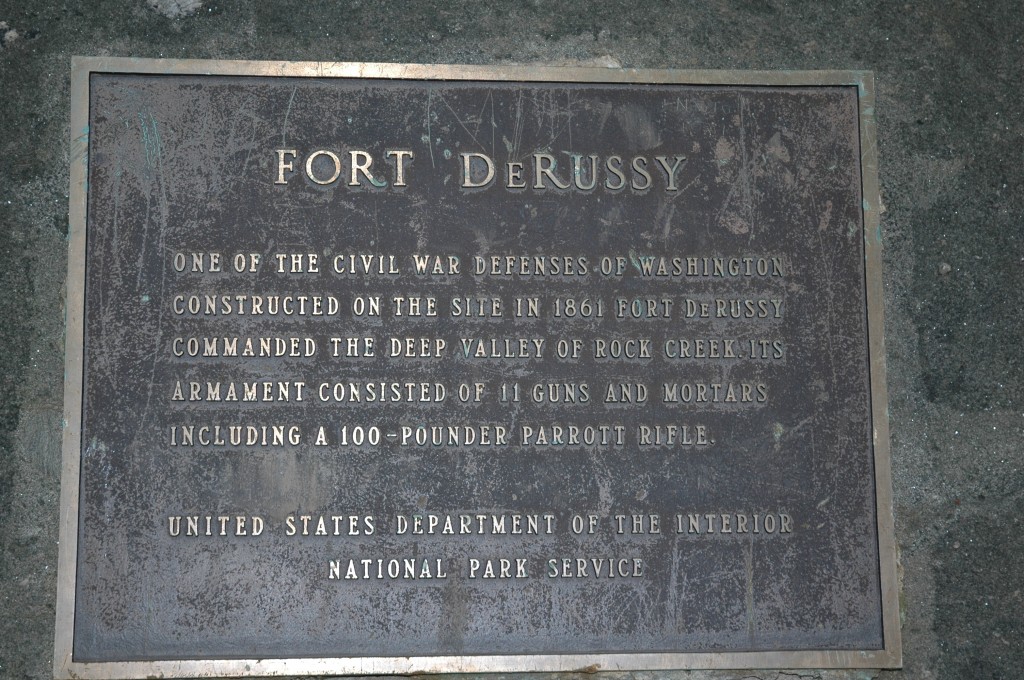 Our last stop was at Fort DeRussy, another of the small forts that served as a perimeter around Washington DC during the war. Earthenwork like Fort Stevens, DeRussy also boasted a “100-pounder,” a rifled Parrott cannon that could fire accurately for up to 4 miles.Many thanks to Craig Howell for being such a fantastic and knowledgeable tour guide, to Beltway Transportation for the comfortable bus and daring driver, and to Karen Needles, Susan Dennis, and everyone else in the Lincoln Group who arranged the tour. As the saying goes, a great time was had by all.
Our last stop was at Fort DeRussy, another of the small forts that served as a perimeter around Washington DC during the war. Earthenwork like Fort Stevens, DeRussy also boasted a “100-pounder,” a rifled Parrott cannon that could fire accurately for up to 4 miles.Many thanks to Craig Howell for being such a fantastic and knowledgeable tour guide, to Beltway Transportation for the comfortable bus and daring driver, and to Karen Needles, Susan Dennis, and everyone else in the Lincoln Group who arranged the tour. As the saying goes, a great time was had by all.
But wait, there’s more. Check out all the upcoming events of the Lincoln Group of DC as we continue our celebration of Abraham Lincoln in these sesquicentennial years of the Civil War.
David J. Kent is a lifelong Lincolnophile and is currently working on a book about Abraham Lincoln’s interest in science and technology. He is also the author of Tesla: The Wizard of Electricity and a soon-to-be-released ebook on Nikola Tesla :Renewable Energy Ahead of Its Time.



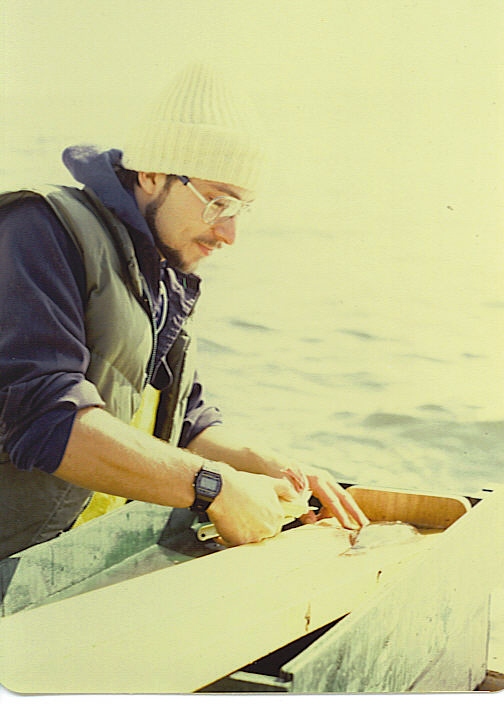
 Founded in 1935, the Lincoln Group of the District of Columbia (LGDC) has been instrumental in celebrating the life and times of our 16th President – Abraham Lincoln. And now LGDC is going digital. Yes, Abraham Lincoln has a
Founded in 1935, the Lincoln Group of the District of Columbia (LGDC) has been instrumental in celebrating the life and times of our 16th President – Abraham Lincoln. And now LGDC is going digital. Yes, Abraham Lincoln has a 
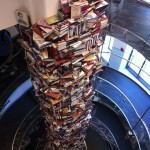 I have a lot of
I have a lot of 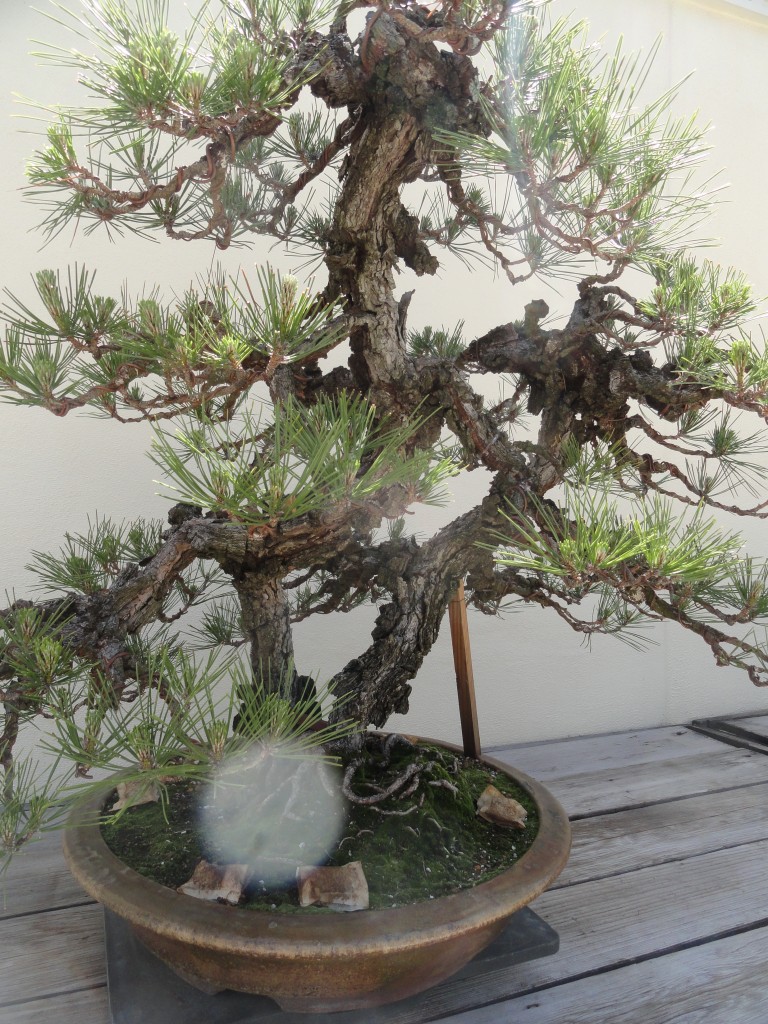
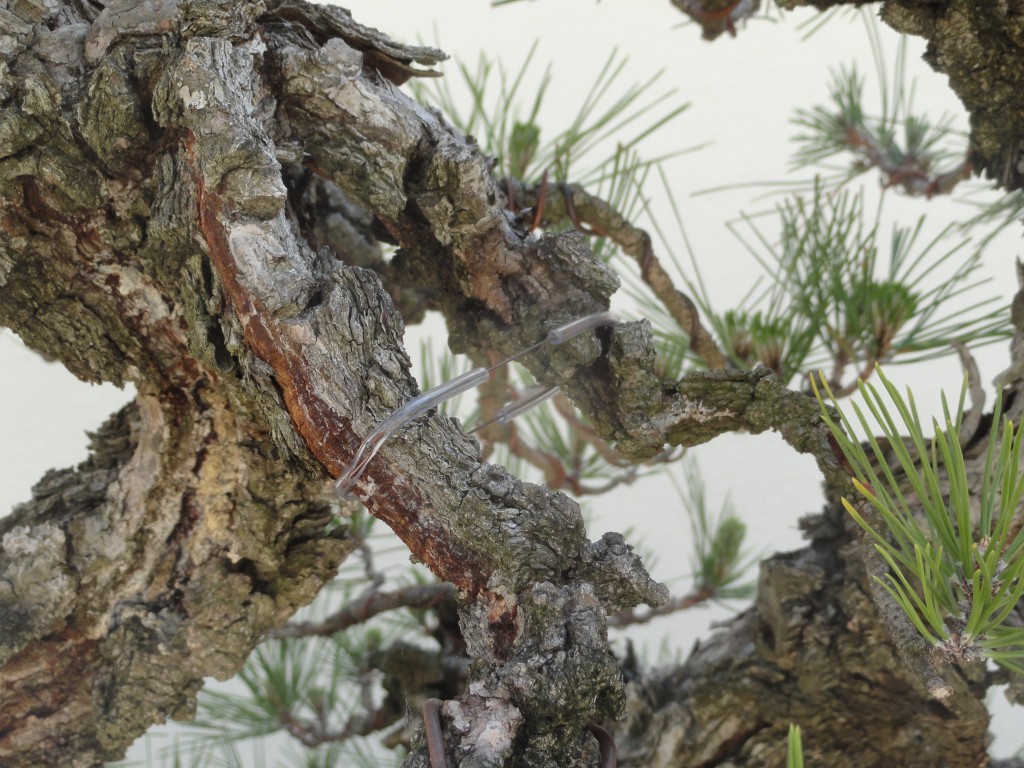
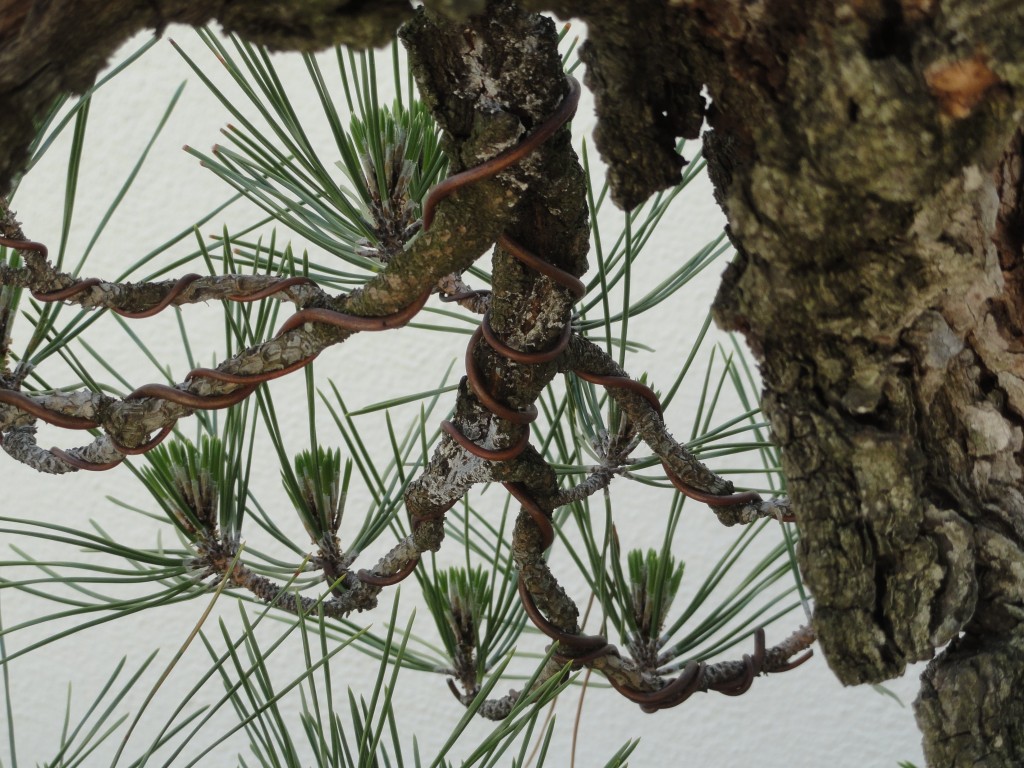
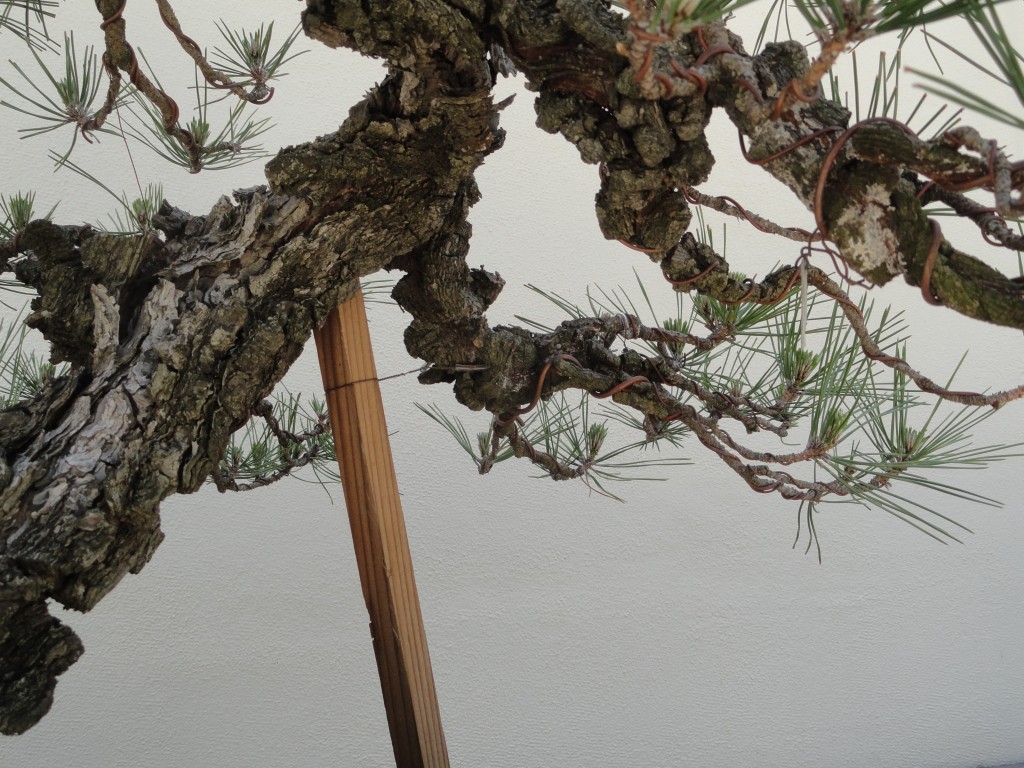
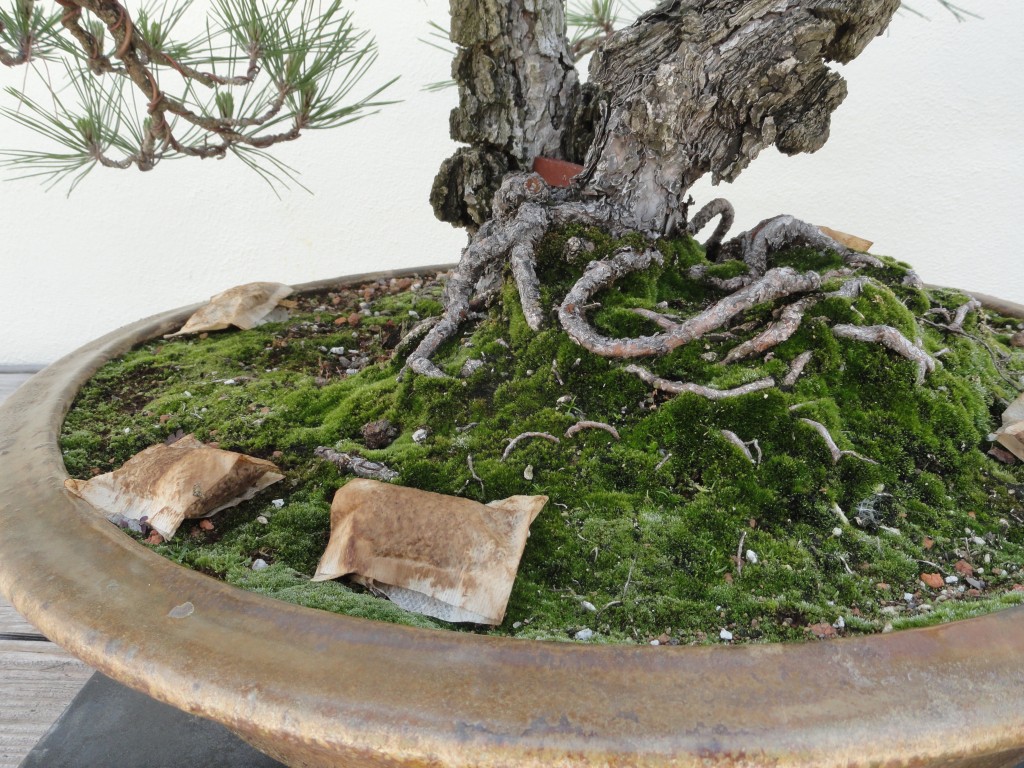
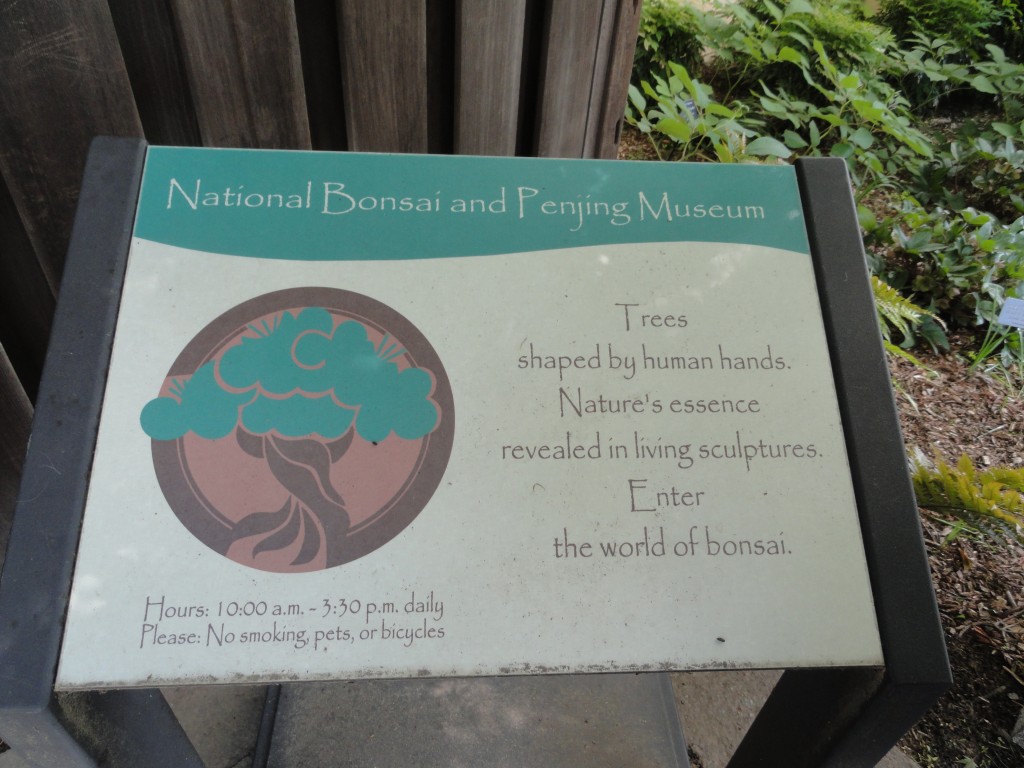
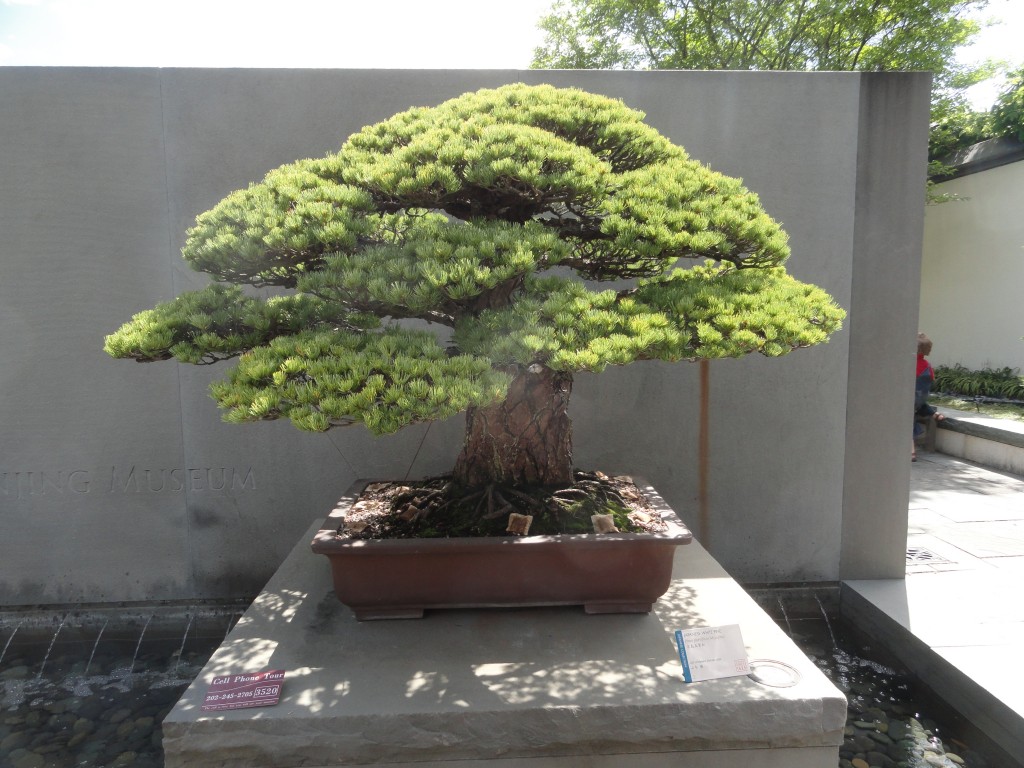
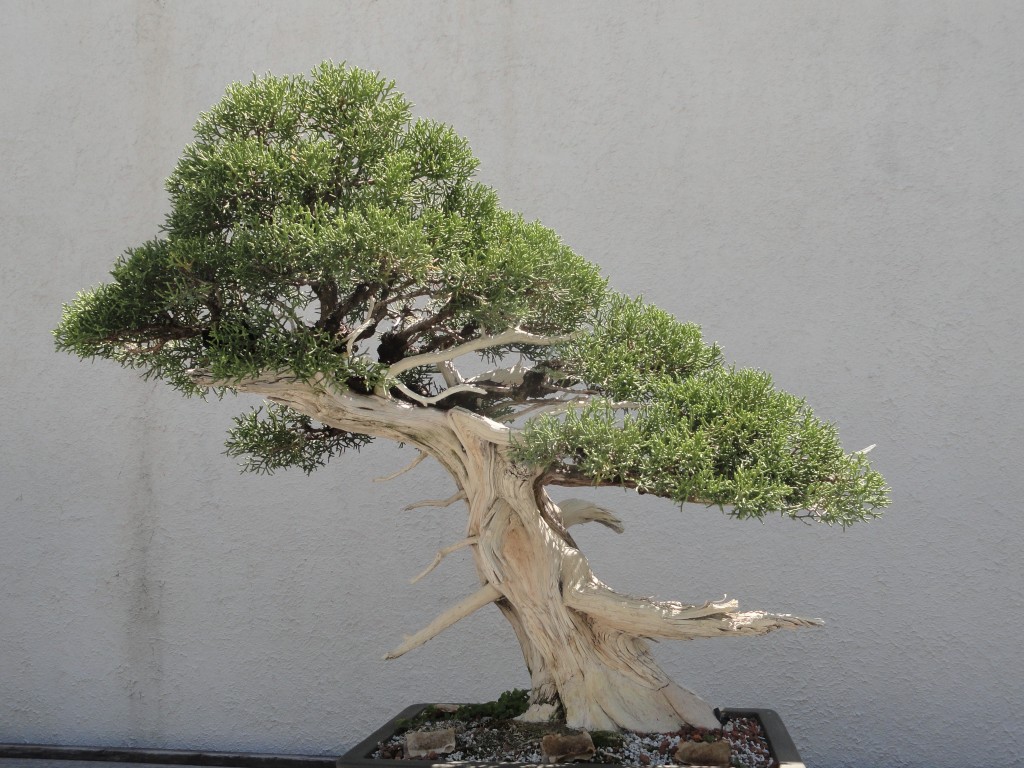
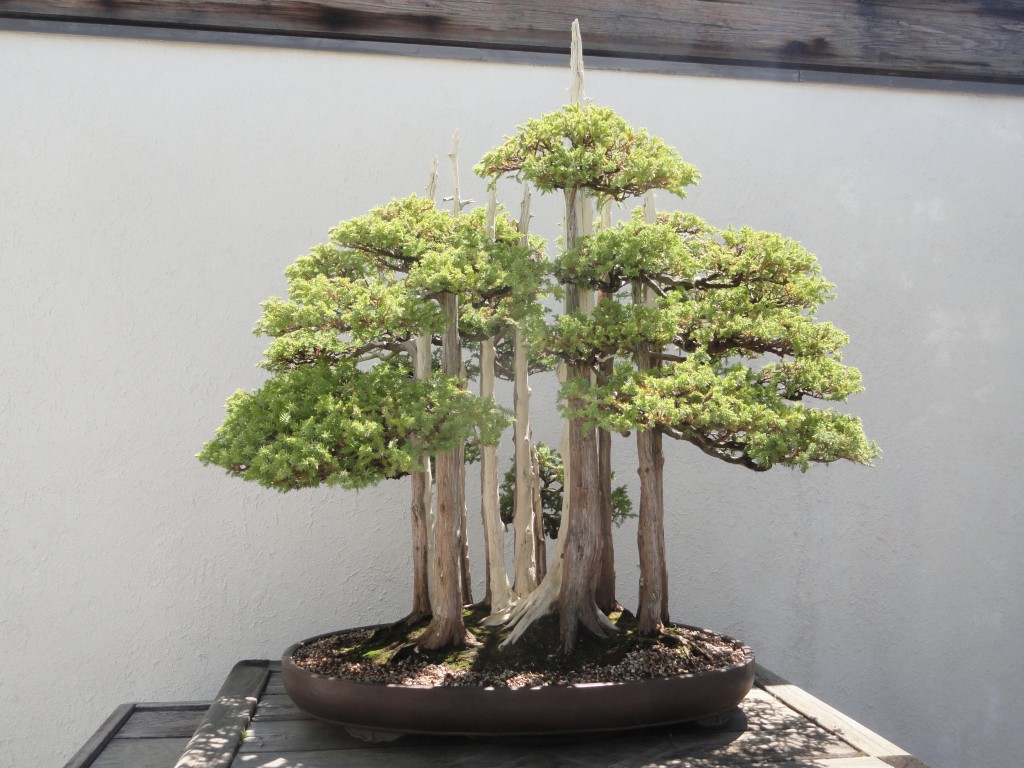
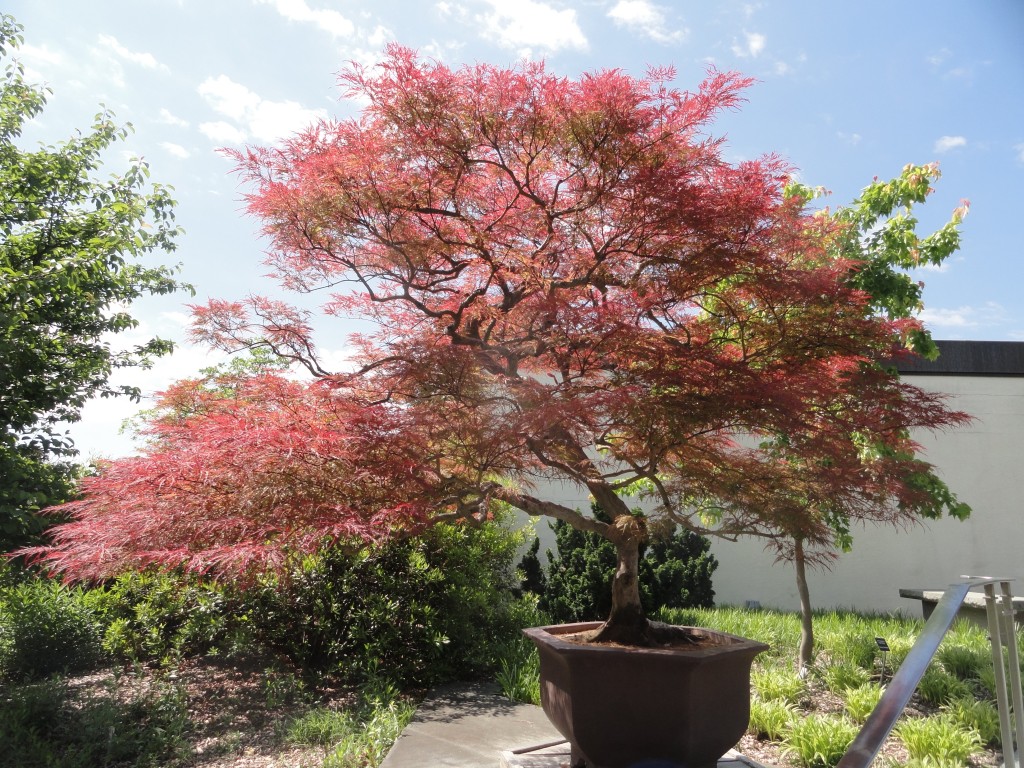
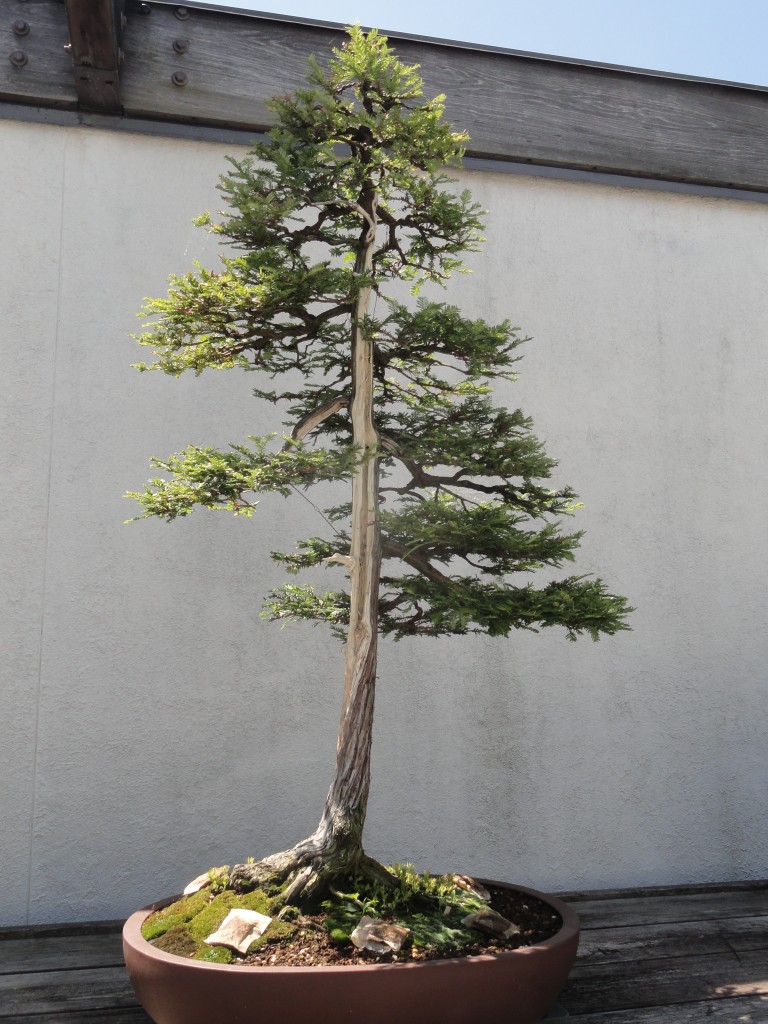
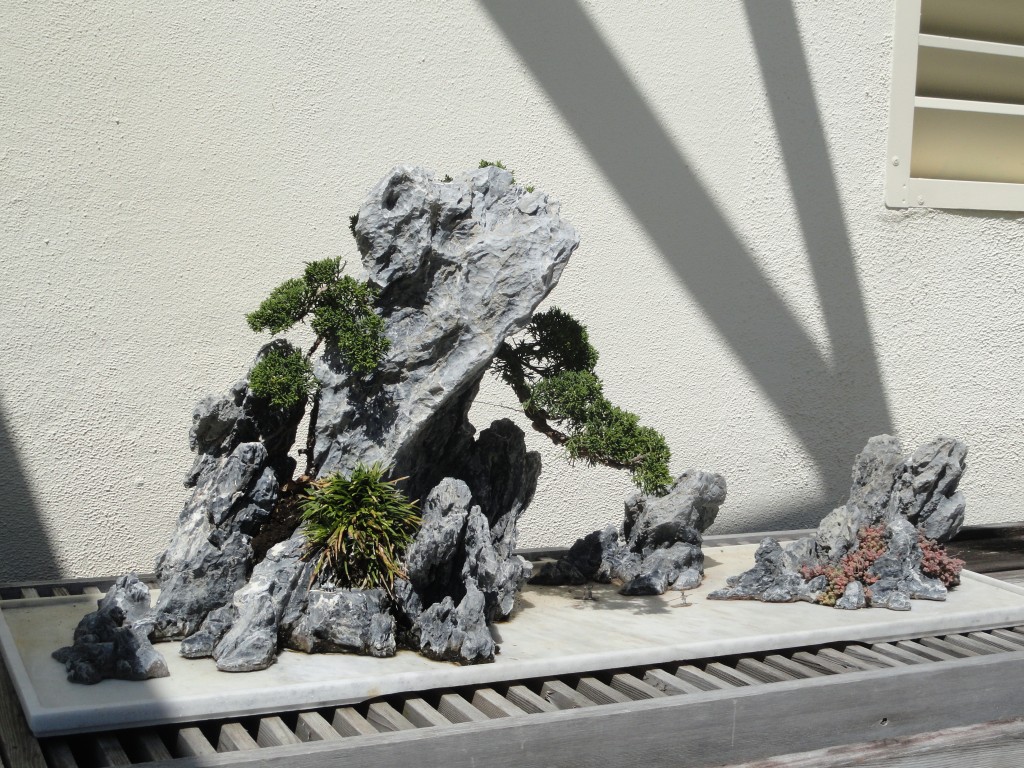
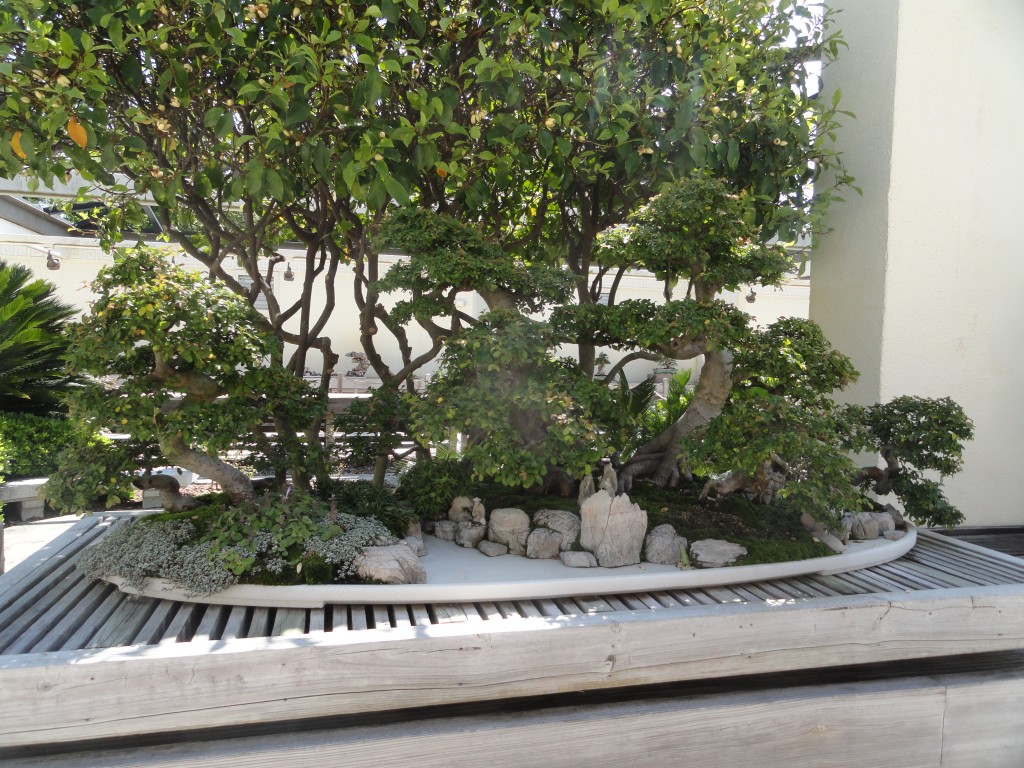
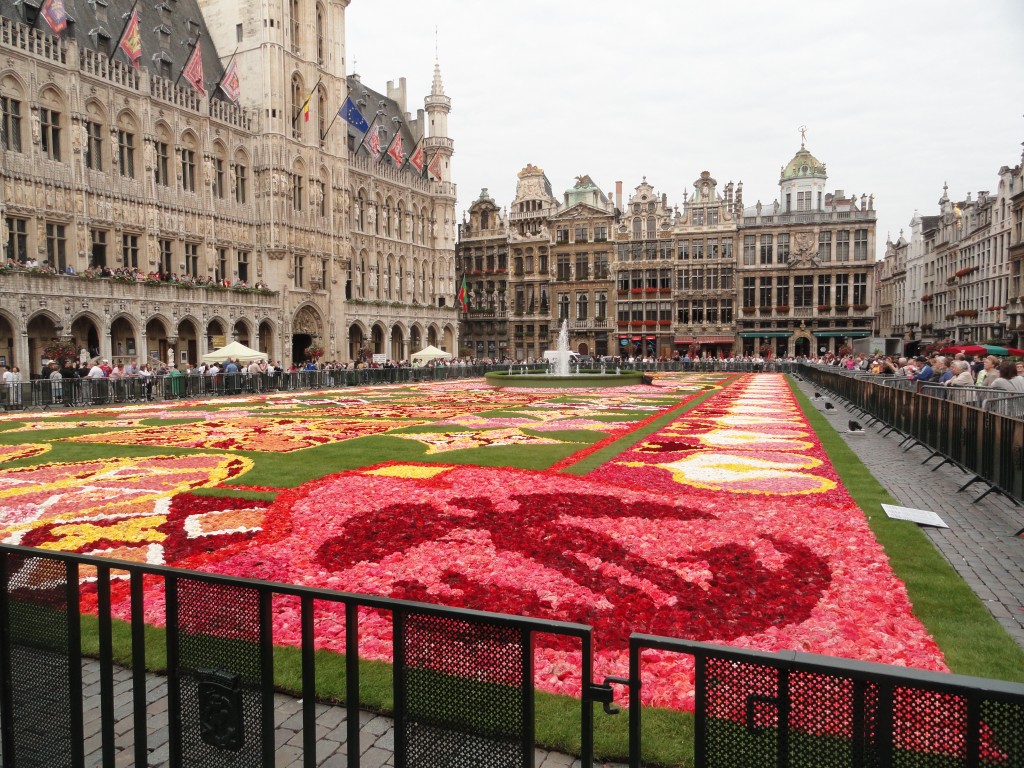
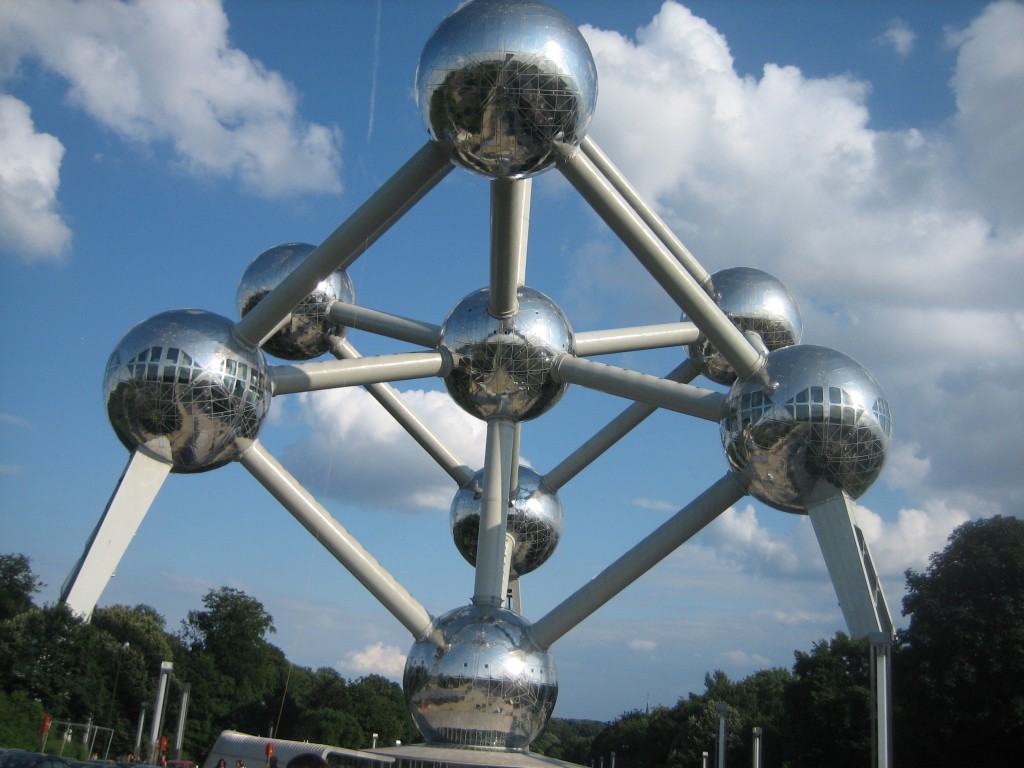
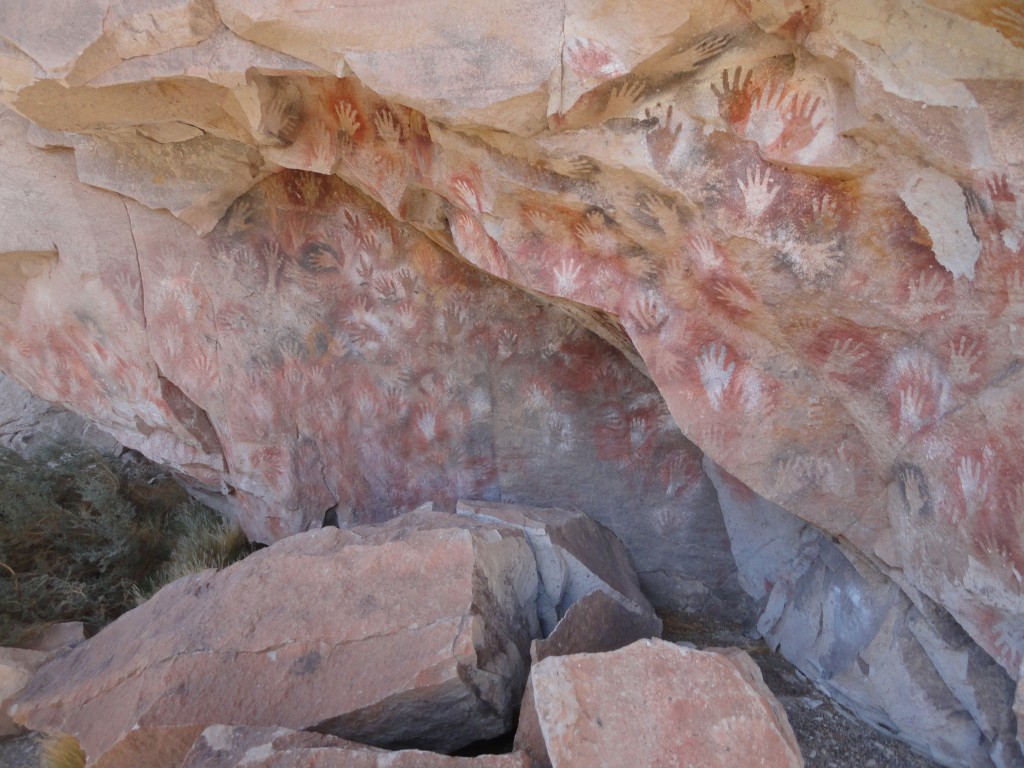
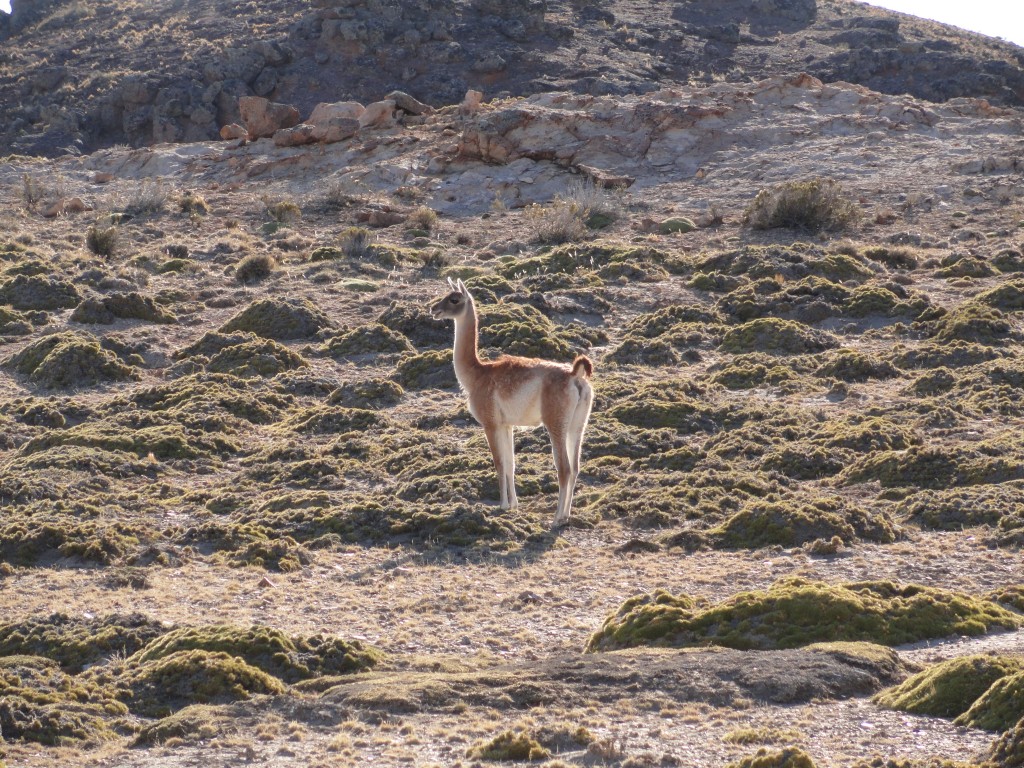
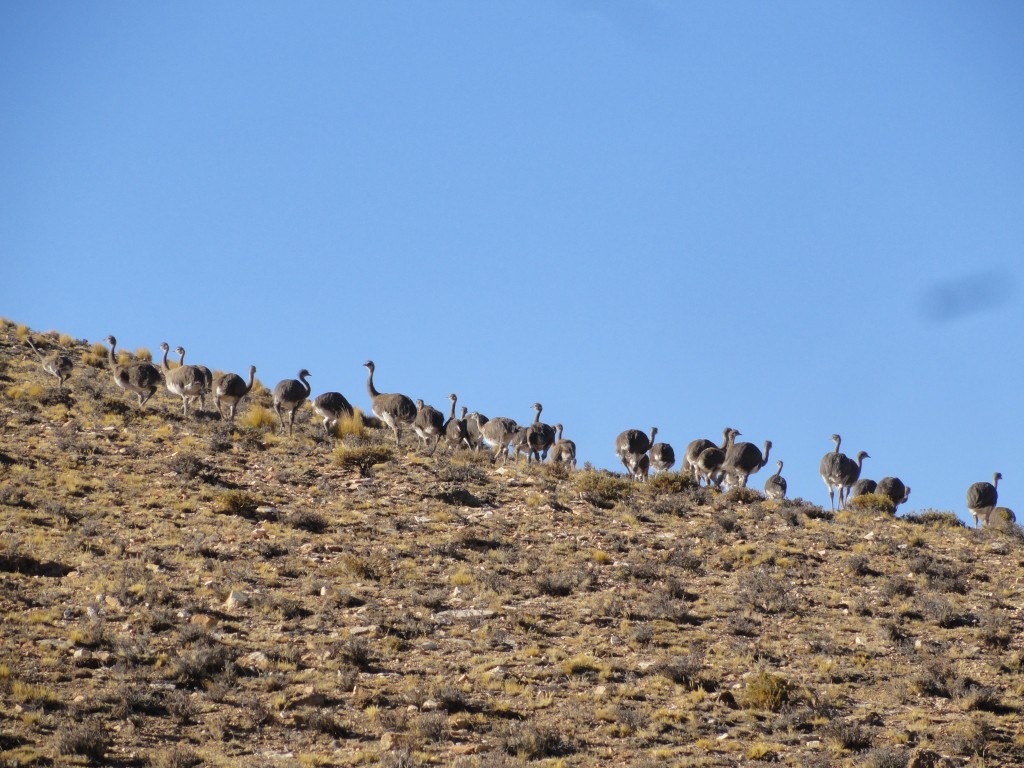
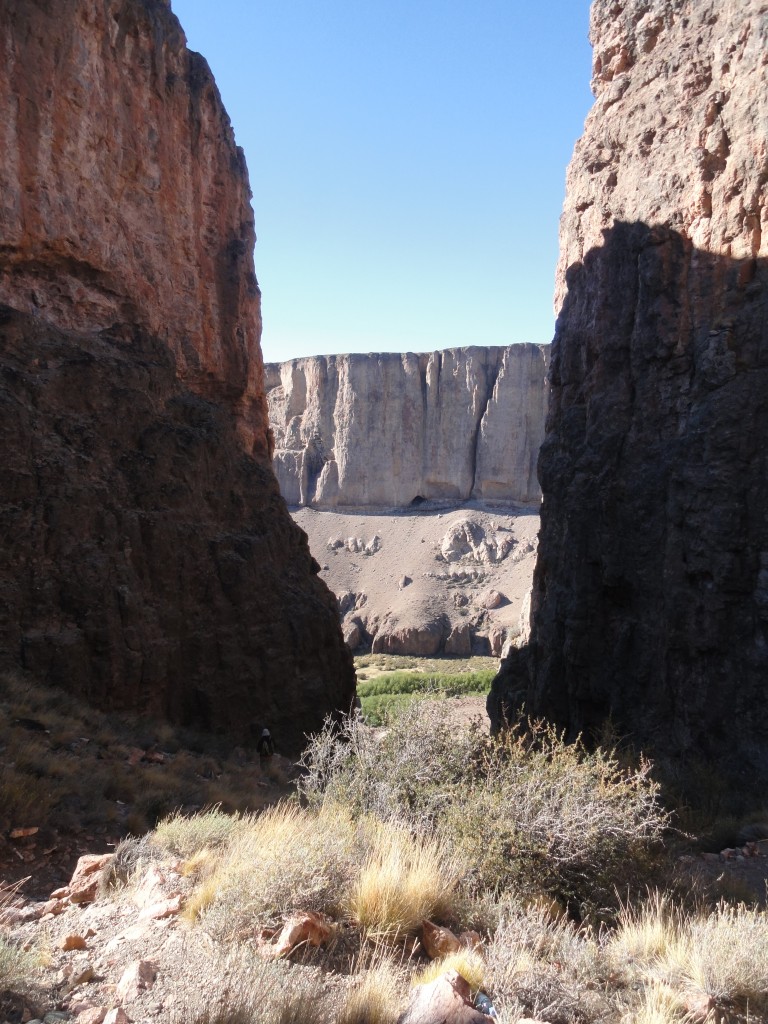
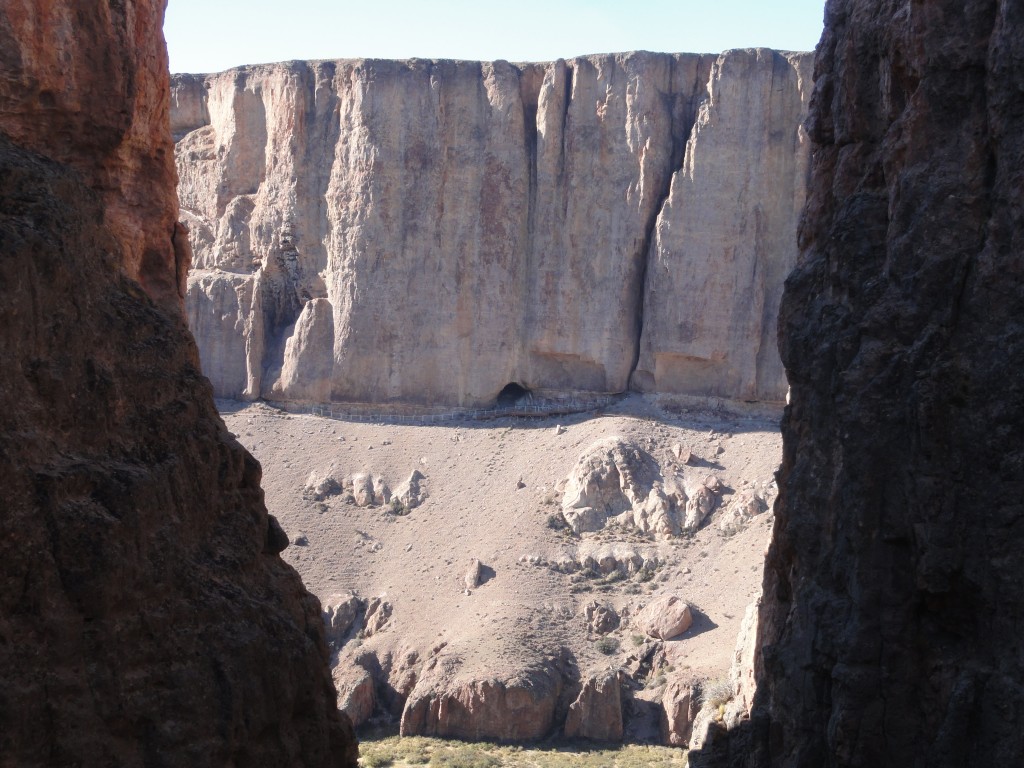
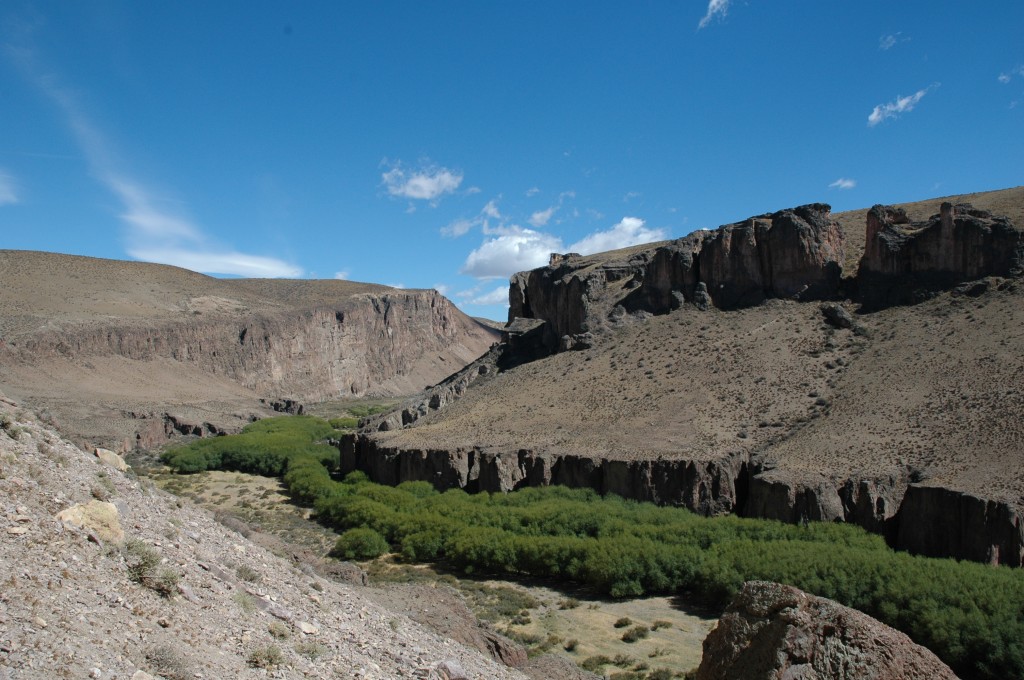
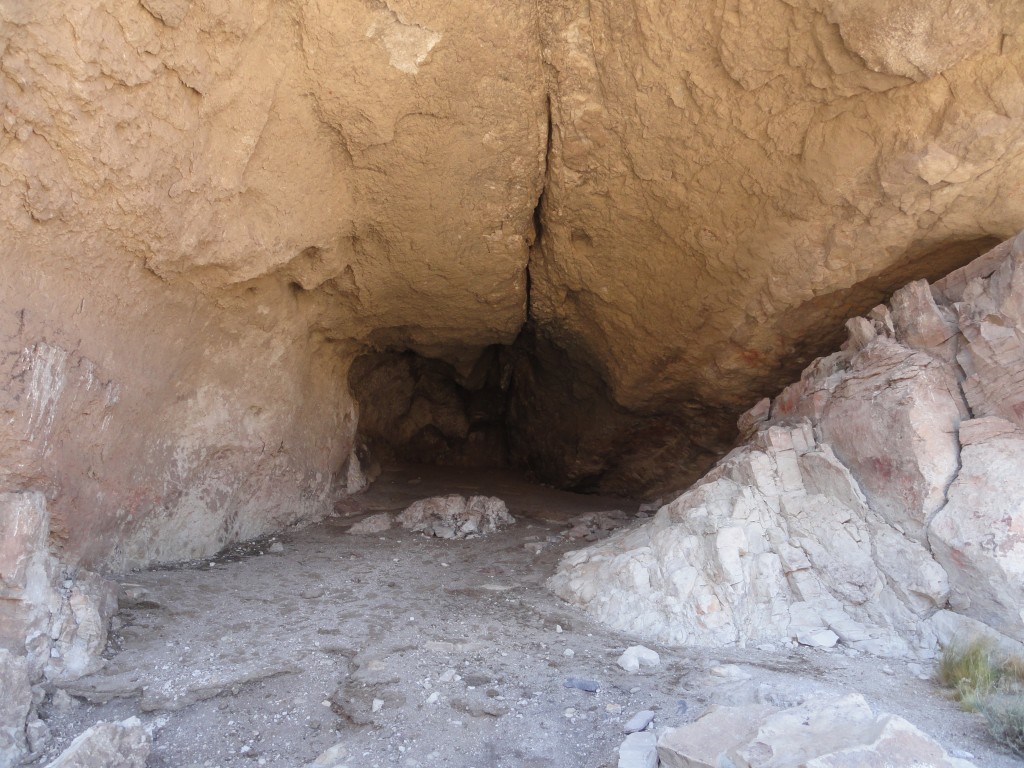
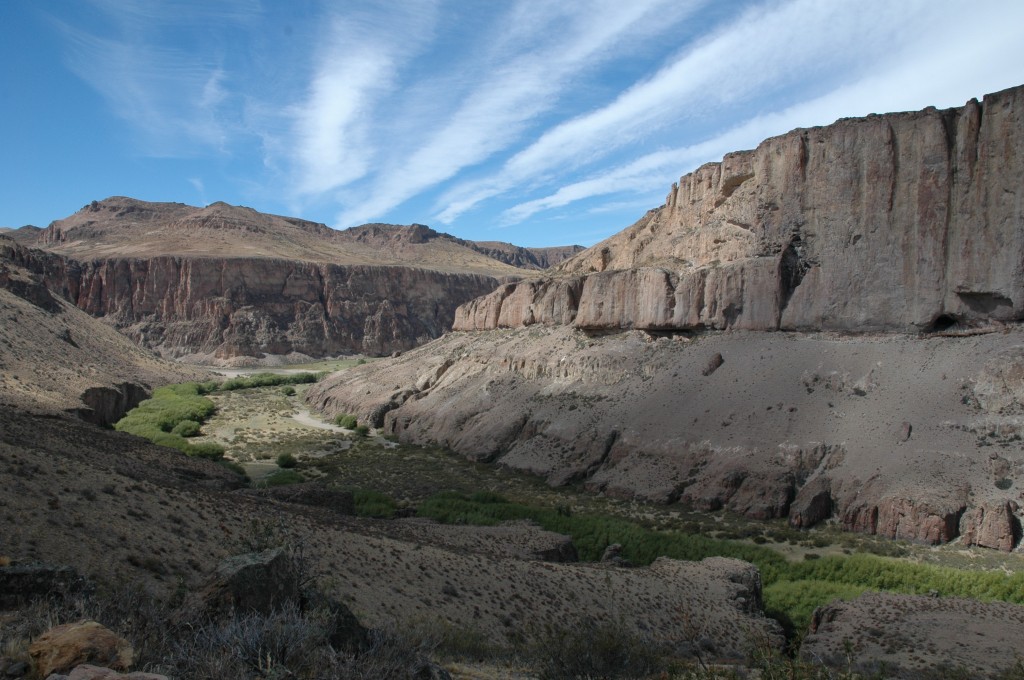
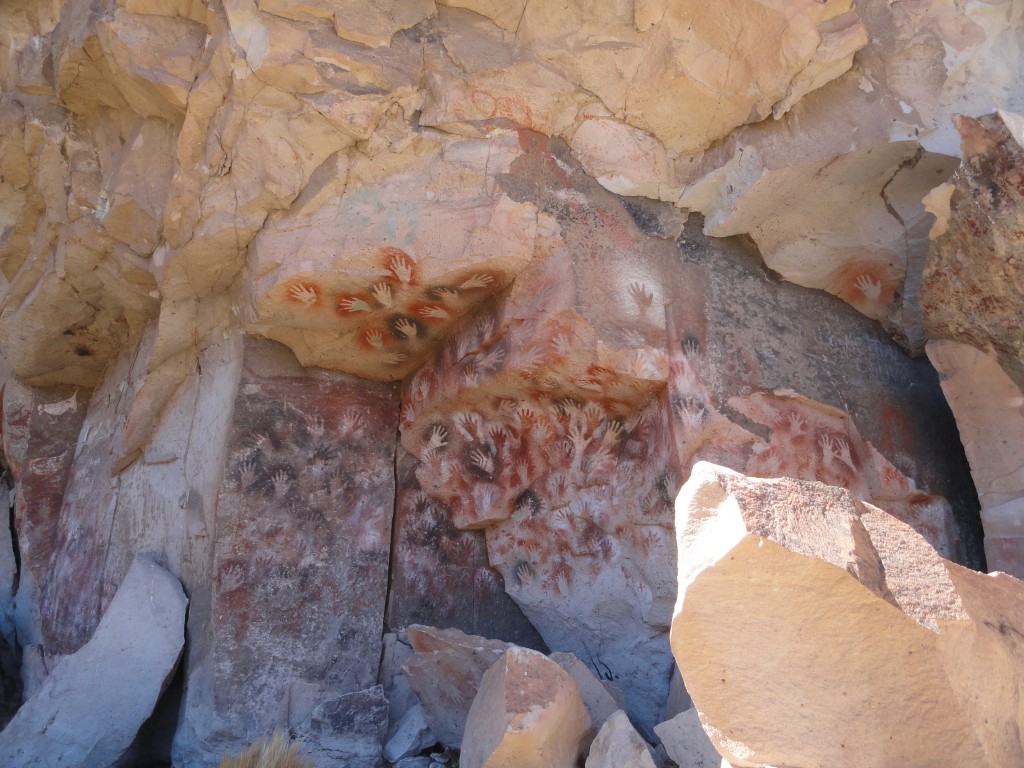
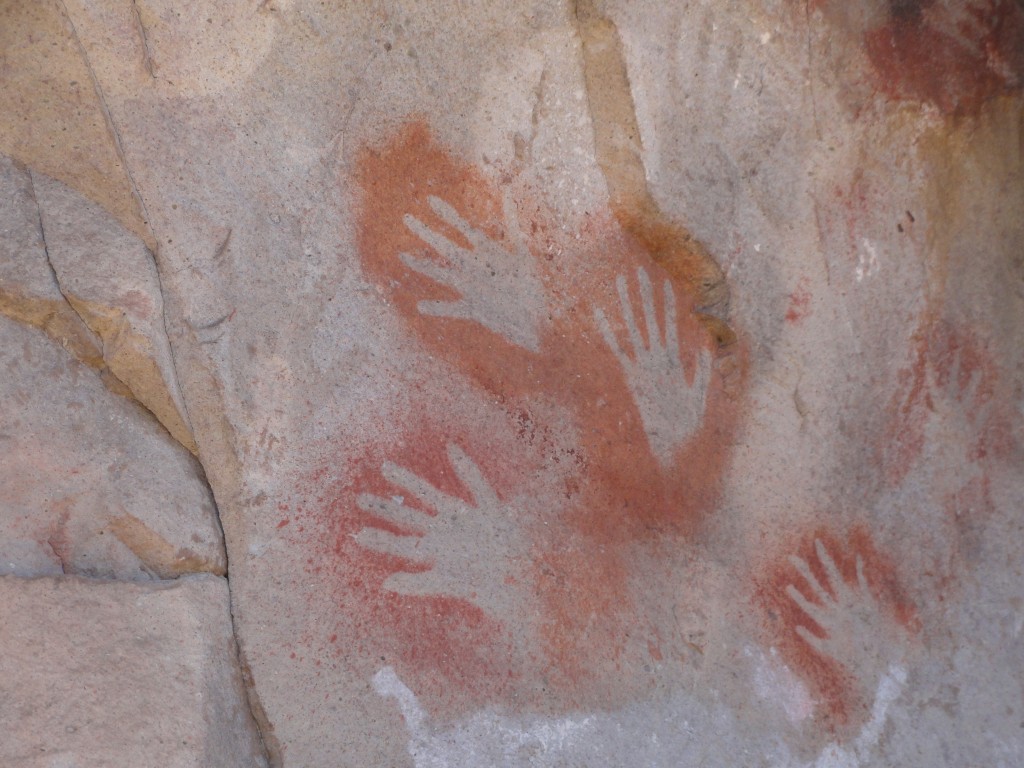
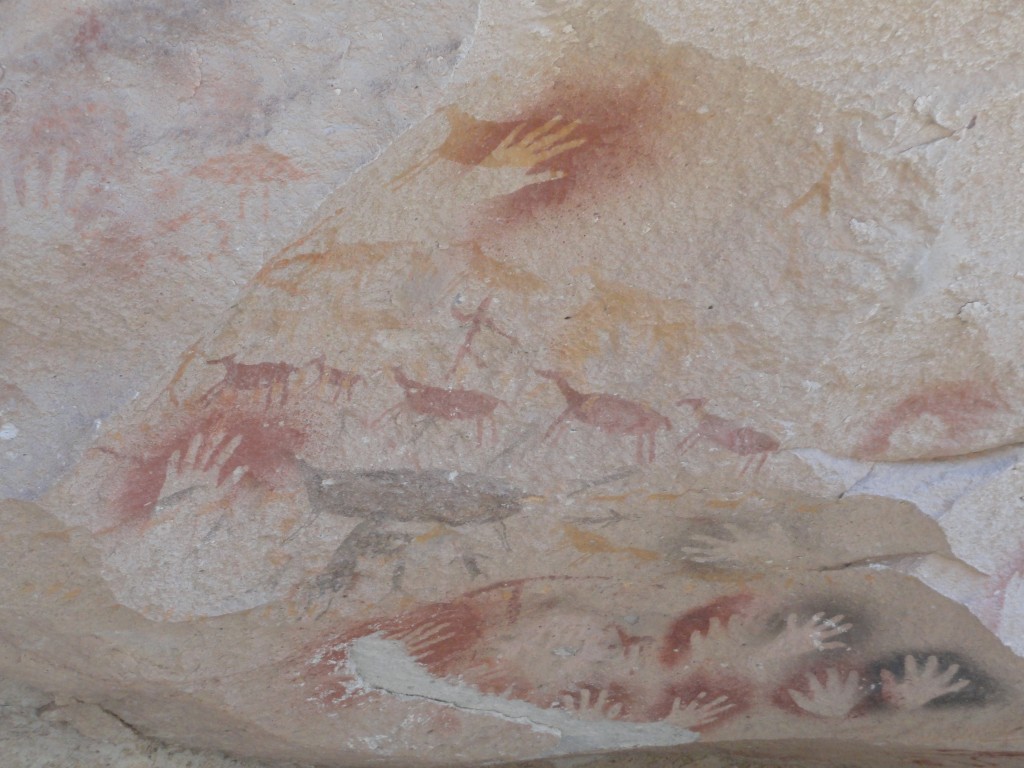
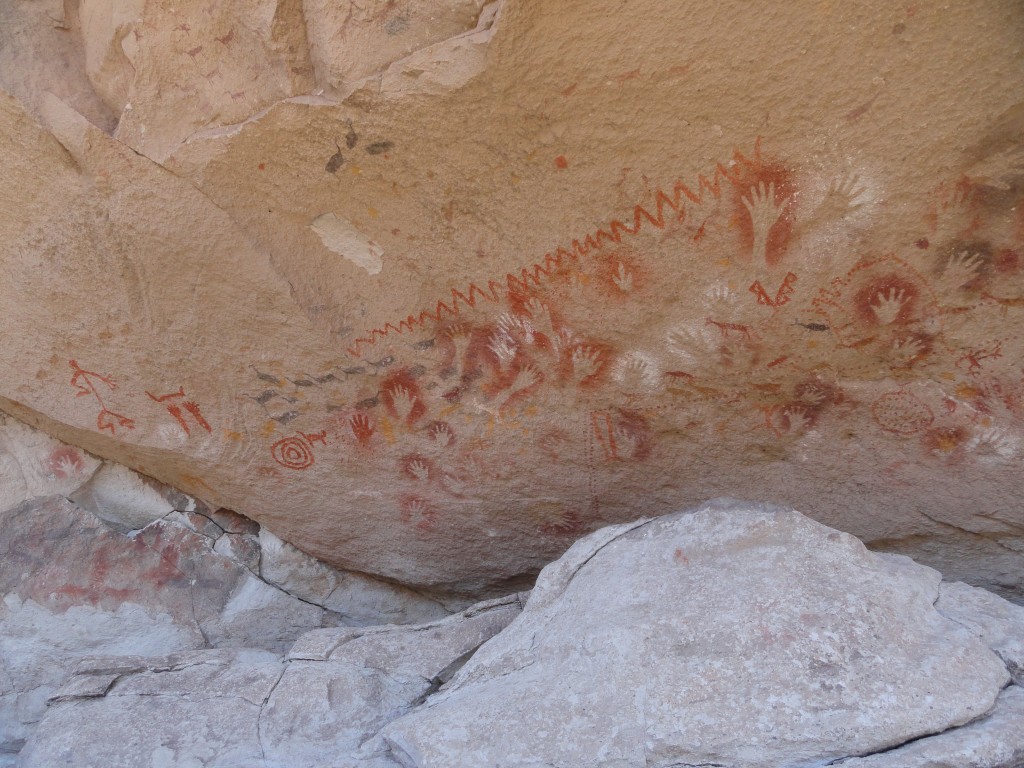
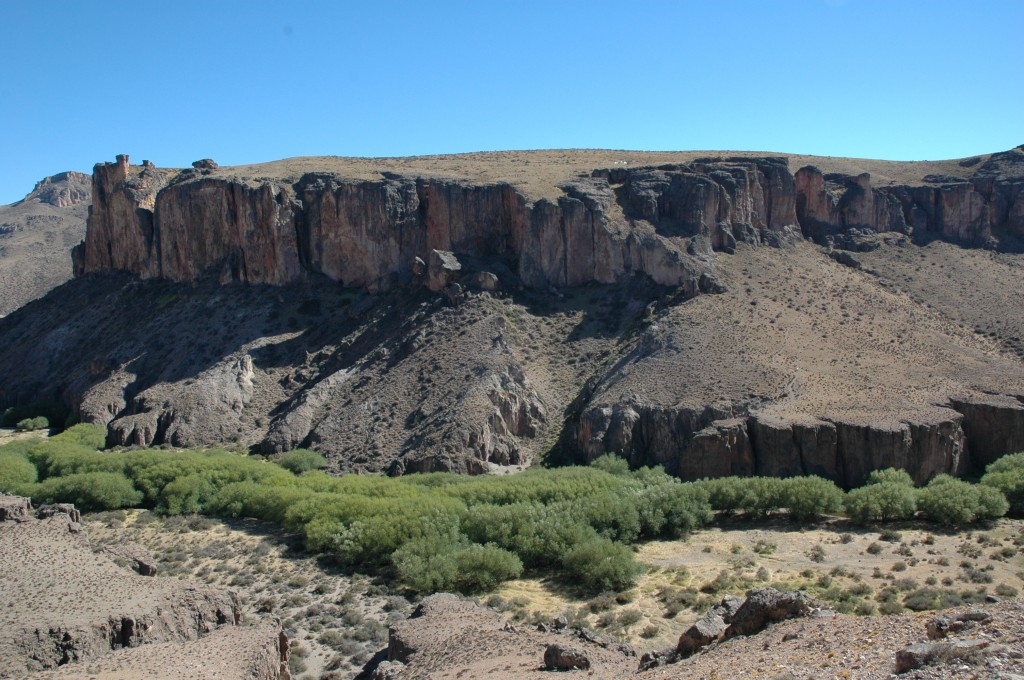
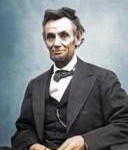 Put two hundred Abraham Lincoln scholars and followers in a room and what do you get? On March 22, 2014 you get the 17th Abraham Lincoln Institute Annual Symposium highlighting the latest in Lincoln scholarship. The day-long symposium featured five speakers discussing their latest books, and the audience included some of the biggest names in the field.
Put two hundred Abraham Lincoln scholars and followers in a room and what do you get? On March 22, 2014 you get the 17th Abraham Lincoln Institute Annual Symposium highlighting the latest in Lincoln scholarship. The day-long symposium featured five speakers discussing their latest books, and the audience included some of the biggest names in the field.